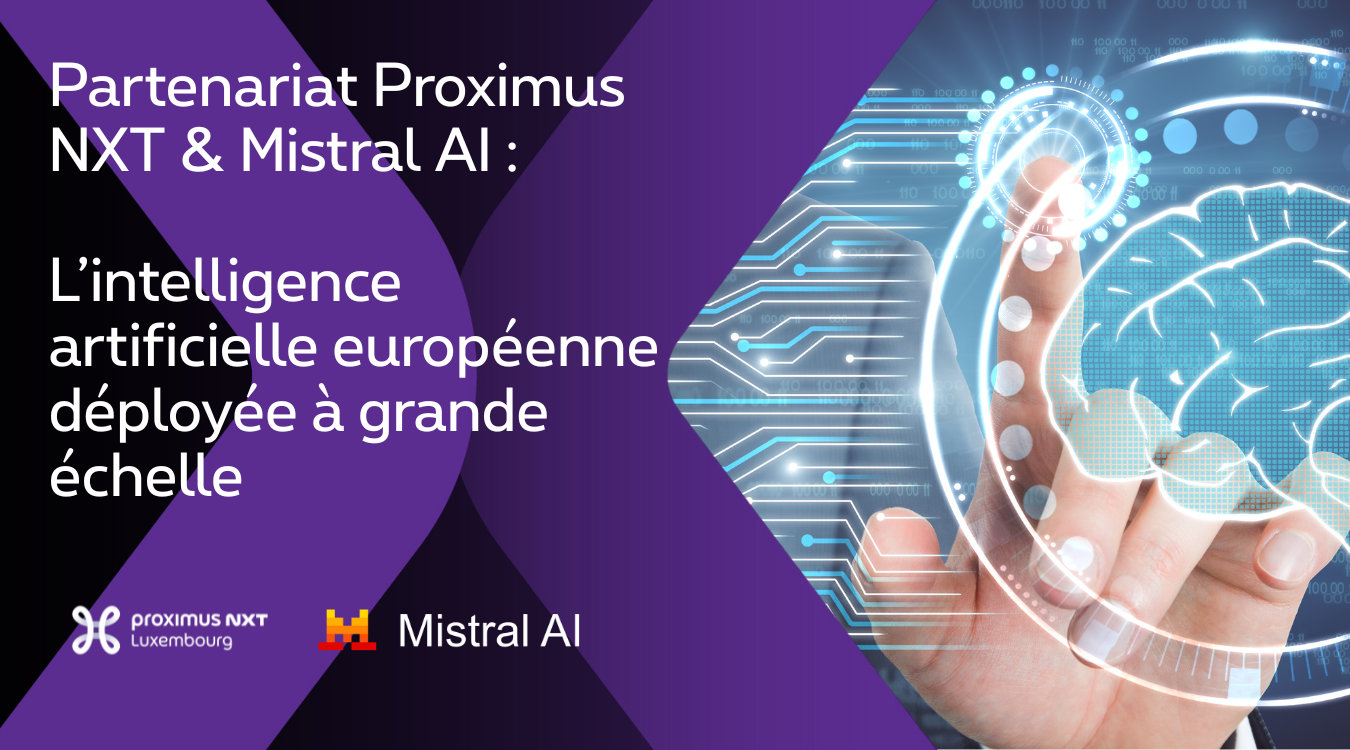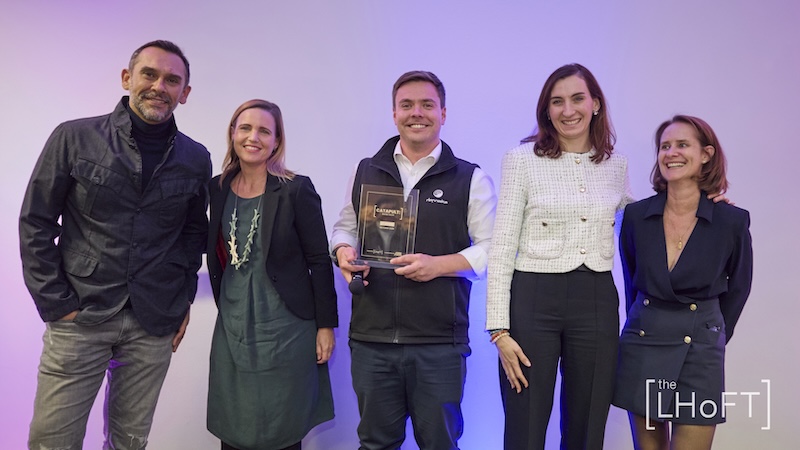The Basics of Biometric Innovations
If you’re an Apple user like me, you might recall the days of pressing your index finger onto your iPhone’s start button to unlock it. This method of authentication, with its challenges ranging from unresponsive cold fingers on a chilly winter morning to fresh scars that hinder your phone’s recognition ability, was quite cumbersome. These issues contributed to Apple’s decision to phase out Touch ID in its flagship iPhones.
Fingerprint recognition
Meanwhile, fingerprint recognition remains a significant biometric identification technology[1]. It operates by using devices like high-accuracy scanners to capture fingerprints and algorithms to match them, analysing unique features such as minutiae points and ridge patterns. Originally developed for security purposes, fingerprint recognition technology has now found its way into the banking sector[2] for access control. Its appeal lies in its security, eliminating the need for memorising passwords or PINs that could be compromised. Its adaptability extends to various platforms and devices, including personal computers and ATMs, facilitating banking services and KYC (Know Your Customer) processes without the necessity of visiting a bank branch. AI has enhanced this technology with techniques like Artificial Neural Networks (ANN) and Deep Neural Networks (DNN). These advancements address challenges such as low-quality or damaged fingerprints and improve accuracy in computer vision, especially in cases where traditional methods struggle. However, vulnerabilities exist, as demonstrated by artificial neural networks trained to create fake fingerprints, known as “DeepMasterPrints[3]”, posing significant security risks.
Face recognition
Apple opted for Face ID as their primary method for biometric authentication. This cutting-edge technology generates an intricate 3D representation of the user’s face, delivering a level of security that is statistically more robust than what Touch ID offered[4]. AI, particularly Deep Learning (DL) and Machine Learning (ML), plays a crucial role in enhancing face recognition. These technologies have been successful in addressing issues related to different skin tones and facial features, improving False Acceptance Ratios (FAR)[5] across various demographic groups. However, face recognition systems are not without their vulnerabilities, such as the potential for being tricked by 3D-printed masks, leading to fraud or misidentification.
From a financial perspective, institutions are leveraging facial recognition technology for a variety of applications, including transaction authorisation, eKYC[6] processes, and access to digital banking and cryptocurrency wallets. In these scenarios, users authenticate themselves by utilising their smartphone’s front-facing camera to capture and recognise their facial features, granting them access or verification. For instance, Standard Chartered’s SC Mobile App[7] provides a secure login option through face ID (or touch ID). This method of remote verification can be further enhanced by integrating facial recognition with document verification technologies, such as scanning government-issued IDs like a driver’s license or passport. Consequently, facial recognition technology is enabling banks to adapt to the evolving customer behaviours and the increased preference for remote access that emerged post-pandemic.
Voice identification
Voice identification is another technology that identifies individuals based on unique characteristics. This method differs from speech recognition, which interprets spoken words, as it focuses on recognising the speaker, irrespective of the spoken language. It works by recording a person’s speech and matching it against existing voice samples for identity verification. Earlier versions of voice authentication systems needed regular updates for accuracy due to natural changes in a person’s voice. However, advancements in AI technology have significantly improved their reliability, with enhanced feature extraction from voice samples and robust noise filtering.
In the financial sector, voice identification is finding interesting applications. In banking, for example, Westpac Banking Corporation in Australia introduced an Alexa skill[8], leveraging voice recognition to allow customers to perform banking activities. Despite these advancements, voice recognition still faces challenges like malicious voice modification attacks[9], posing risks of impersonation or fraud.
Iris recognition
This technique captures high-resolution, clear images of the irises in human eyes. The iris, a part of the eye that remains structurally stable over a person’s lifetime, is an excellent biometric marker for verifying identity. Renowned for its minimal error margin and quick processing, iris recognition is a highly trusted method for identity confirmation. Recent ML algorithm developments[10], trained on people’s eye database, further improved this technology.
In the financial sector, iris recognition is gaining traction among banks and financial institutions, shifting the focus from labour-intensive identity verification processes to enhancing customer service.
Vein recognition
Another advanced technology on the market is vein recognition, also referred to as finger vein biometrics or vascular technology. This method of biometric authentication examines the patterns in blood vessels beneath the finger’s skin. By using near-infrared light to capture vein images within the hand, it becomes extremely difficult to fake. The detection of blood flow during the identification process also ensures the person is real, providing an additional safeguard against fraud.
A 2015 study[11] cited in Springer highlights that finger vein recognition technology, known for its high level of accuracy and near-impossibility to duplicate, would become a prominent biometrics authentication solution in financial services. The method is employed in numerous areas, including credit card authentication, mobile banking, employee attendance, network security, and ATM access.
Conclusion
As biometric technologies evolve alongside AI, the future of finance is poised for a transformative shift, offering unprecedented levels of security and user convenience that reshape our approach to financial interactions.
Featured image source : Midjourney
[1] Biometric identification technology is a method for verifying a person’s identity based on their unique physical or behavioural characteristics. This technology uses individual features like fingerprints, facial patterns, voice, or iris recognition to distinguish one person from another. It’s commonly used for security purposes, allowing for more personalised and secure access to devices, facilities, or sensitive information.
[2] Globally speaking, the deployment of dedicated hardware follows standards such as the FBI’s Next Generation Identification and NIST’s Image Quality Specifications for effective biometrics. Source: HID Global https://blog.hidglobal.com/2023/09/why-banks-worldwide-are-turning-fingerprint-biometrics
[3] “DeepMasterPrints fake fingerprints can fool fingerprint sensors” by Michael Heller for TechTarget https://www.techtarget.com/searchsecurity/news/252452989/DeepMasterPrints-fake-fingerprints-can-fool-fingerprint-sensors
[4] “End Of Touch ID? Apple Goes All In On Face ID With New IPhones”, Gates Hoang for Cellular News https://cellularnews.com/mobile-phone/end-of-touch-id-apple-goes-all-in-on-face-id-with-new-iphones/
[5] FAR: Likelihood of the system incorrectly verifying or recognising an unauthorised person as the legitimate user. A lower FAR means the system is more secure, as it’s less likely to grant access to the wrong person.
[6] Electronic Know Your Customer
[7] More information on Standard Chartered Bank’s website: https://www.sc.com/hk/bank-with-us/app-sc-mobile/
[8] “How Banks Can Leverage Voice and Speech Recognition Technologies”, by Wojciech Pindel for Codete Blog https://codete.com/blog/how-banks-can-leverage-voice-and-speech-recognition-technologies
[9] This type of attack involves changing the pitch, tone, or other acoustic properties of a voice, or using more advanced methods like deepfake audio technology. The altered or generated audio is then used to impersonate a legitimate user’s voice to gain unauthorized access.
[10] “Presentation Attack Detection for Cadaver Iris”, Mateusz Trokielewicz, Adam Czajka, Piotr Maciejewicz, Cornell University 2018 https://arxiv.org/abs/1807.04058
[11] “A Study on the Authentication and Security of Financial Settlement Using the Finger Vein Technology in Wireless Internet Environment”, by Kyoo Sung Noh, Volume 89, pages 761–775, (2016) https://link.springer.com/article/10.1007/s11277-015-3116-5#:~:text=Finger%20vein%20recognition%20technology%20which,authentication%20solution%20for%20financial%20services






